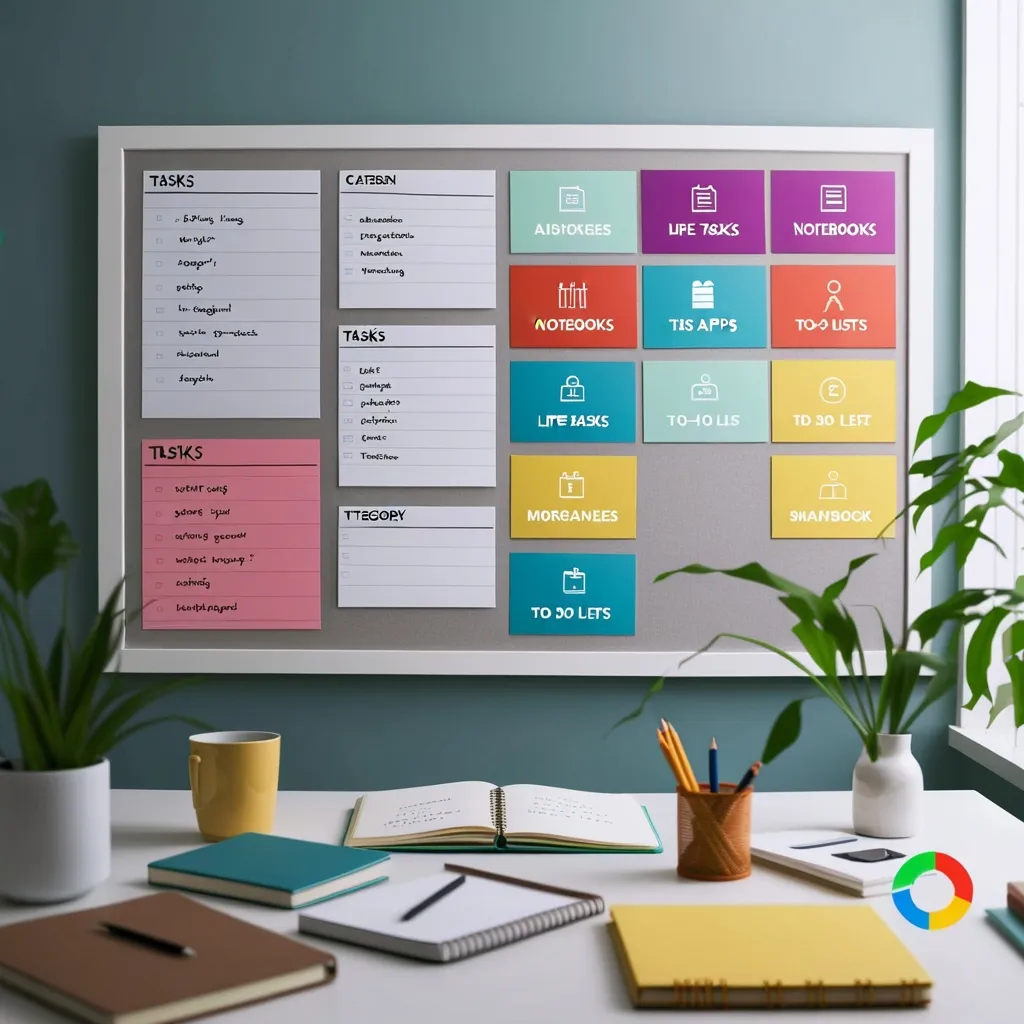Imagine a world where you can manipulate your perception of time to enhance your productivity. This isn’t about mastering time management techniques or scheduling tricks; it’s about developing the ability to stretch or compress your internal clock at will. This concept, which we can call “chronoelastic productivity,” transforms time itself into a flexible tool that you can mold to fit your needs.
Understanding Chronotypes
To begin with, it’s crucial to understand your chronotype – whether you’re an early bird, a night owl, or something in between. Research has shown that respecting individual chronotypes can significantly influence employee satisfaction and performance. For instance, a study found that 59% of employees classify themselves as early birds, feeling most productive in the morning and hitting a productivity wall after lunch. On the other hand, 25% identify as night owls, who might find their peak productivity hours later in the day.
Understanding your chronotype is the first step in tailoring your work schedule to maximize your productivity. If you’re a morning person, you might find that your brain is most alert and focused during the early hours, making it the perfect time for deep work or complex tasks. Conversely, if you’re a night owl, you might discover that your creative juices flow best in the evening.
The Power of Time Perception
The human brain has an incredible ability to manipulate time perception. For example, when you’re deeply engaged in a task you enjoy, time seems to fly by. This is often referred to as being “in the flow.” On the other hand, when you’re bored or performing a mundane task, time can drag on interminably.
By training your brain to alter its perception of time, you can create the illusion of having more time when you need it most. Imagine slowing down your internal clock during crucial tasks, making minutes feel like hours. This allows you to dive deeper into complex problems without feeling rushed or stressed. Conversely, you can speed up your internal clock during routine tasks, compressing what would otherwise be dead time into fleeting moments.
The Impact of Work Schedules
Consistency in work schedules can also play a significant role in productivity. Research on shift workers has shown that consistent schedules improve productivity by allowing workers to maintain their biological rhythms. When workers have consistent schedules, they can better plan their day, achieve higher performance, and avoid symptoms of fatigue, disorientation, and insomnia that come with irregular schedules.
For remote workers, this means creating a routine that mimics the structure of an office environment. For instance, starting your day at a consistent time and maintaining regular working hours can help you stay focused and productive. According to Prodoscore’s research, remote workers have shown high productivity levels, with Tuesday, Wednesday, and Thursday being the most productive days of the week. The most productive period during the workday is typically between 10:30 a.m. and 3:00 p.m., although this can vary based on individual chronotypes.
Flexible Work Arrangements
Flexibility in work arrangements is key to maximizing productivity. Employers who respect individual chronotypes and offer flexible work hours see higher employee satisfaction and performance. For example, if you’re a night owl, having the flexibility to start your workday later can significantly boost your productivity.
A survey found that nearly two-thirds of employees reported a drop in productivity when working outside their preferred hours. This highlights the importance of aligning work schedules with individual chronotypes. By advocating for flexible work arrangements, you can ensure that you’re working during the hours when you’re most productive.
Managing Fatigue and Burnout
One of the challenges of remote work is the blurring of work-life boundaries. This can lead to extended workweeks, with employees working on weekends and experiencing fatigue and burnout. Prodoscore’s data showed that while remote workers maintained high productivity levels during the pandemic, they also worked more on weekends. This extended workweek can be detrimental to productivity and overall well-being in the long run.
To avoid this, it’s essential to set clear boundaries between work and personal time. By creating a schedule that includes regular breaks and downtime, you can prevent burnout and maintain your productivity over the long term. For instance, taking short breaks throughout the day can help you recharge and stay focused.
Leveraging Technology
Technology can be a powerful tool in managing your time perception and enhancing productivity. Tools like Prodoscore provide insights into your daily activities, helping you identify the most productive periods of your day. By integrating these tools with your workflow, you can make data-driven decisions to optimize your productivity.
For example, if you find that you’re most productive between 10:30 a.m. and 3:00 p.m., you can schedule your most critical tasks during this period. Similarly, if you notice that you’re less productive on Fridays, you might consider rescheduling less demanding tasks for that day.
The Future of Work
The concept of chronoelastic productivity challenges traditional notions of the 40-hour workweek. As remote work becomes more prevalent, the need to adapt our understanding of productivity becomes more pressing. By mastering the art of temporal elasticity, you can transform how you engage with time itself.
Imagine a future where work environments are designed to respect individual chronotypes, where technology is used to enhance time perception, and where flexibility is the norm. In this future, productivity isn’t about squeezing more into each hour; it’s about expanding and contracting your temporal experience to match your needs.
Practical Applications
So, how can you start applying these principles in your daily life? Here are a few practical tips:
- Identify Your Chronotype: Start by understanding whether you’re an early bird, a night owl, or something in between. This will help you schedule your work accordingly.
- Create a Consistent Schedule: Establish a routine that includes regular working hours and breaks. This will help you maintain your biological rhythms and avoid fatigue.
- Use Technology: Utilize tools that provide insights into your productivity patterns. This can help you make informed decisions about when to schedule your most critical tasks.
- Advocate for Flexibility: If possible, advocate for flexible work arrangements that align with your chronotype. This can significantly boost your productivity and overall satisfaction.
- Manage Your Time Perception: Practice techniques that help you slow down or speed up your internal clock. For instance, deep breathing exercises or mindfulness can help you stay focused during complex tasks.
Conclusion
In a world where time is increasingly malleable, mastering the art of chronoelastic productivity can be a game-changer. By understanding your chronotype, creating consistent schedules, leveraging technology, and advocating for flexibility, you can transform how you engage with time itself. This isn’t just about managing your time better; it’s about expanding and contracting your temporal experience to match your needs, making every moment count in ways you never thought possible.






